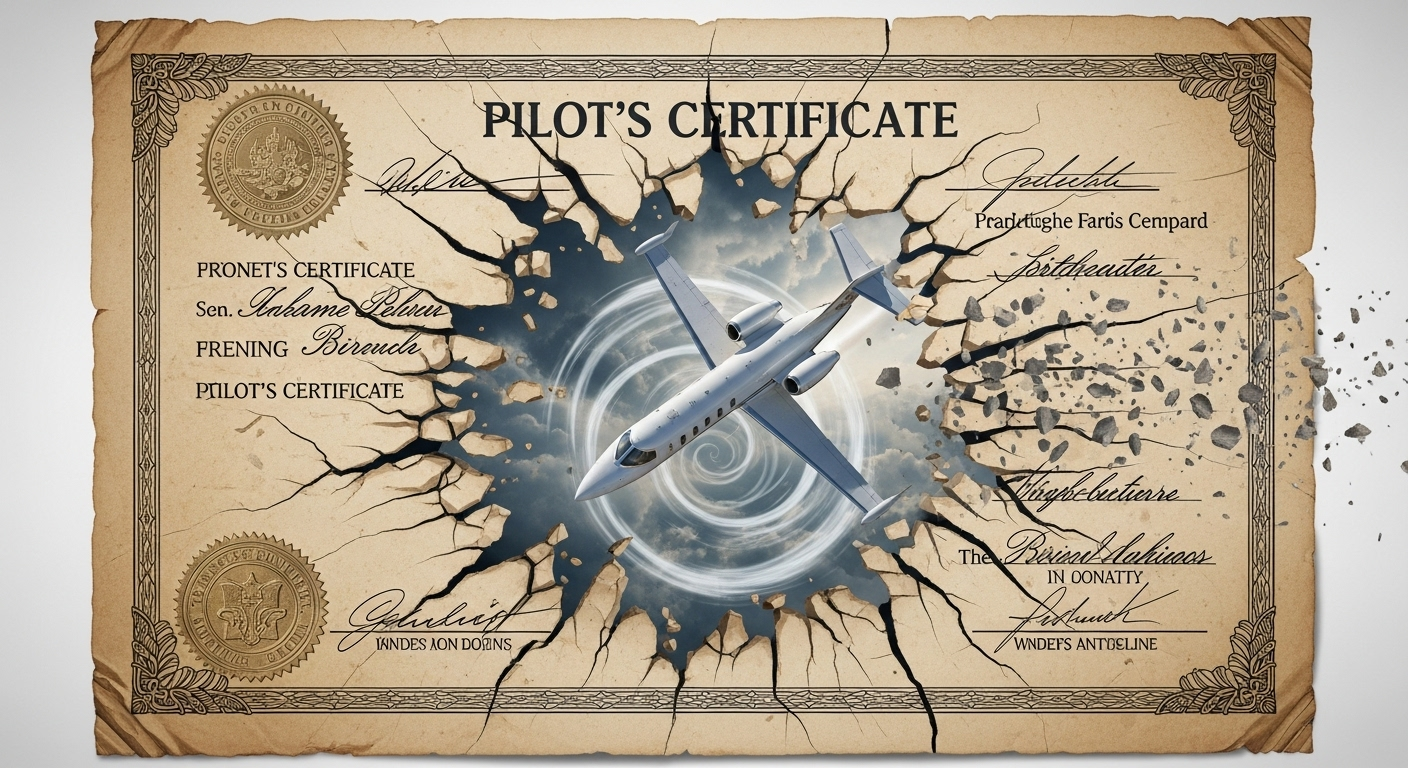Executive Summary
Fatal accidents involving Hawker business jets during post-maintenance stall tests are recurring. These events highlight critical systemic failures in aviation safety. They are not isolated incidents of pilot error. Instead, they are the predictable outcomes of a flawed system.
This report identifies three primary areas of failure.
- A Permissive Regulatory Framework. The definition of an “appropriately rated pilot” in 14 CFR 91.407 is dangerously ambiguous.¹
- Challenging Aircraft Aerodynamics. Swept-wing, T-tail aircraft like the Hawker series can enter unannounced, aggressive stalls.²
- A Pilot Qualification Gap. A profound gap exists between a pilot’s legal certification and their actual qualification to conduct high-risk test flights.³
These factors have fostered a “cottage industry” for post-maintenance flights. In this environment, economic pressures often lead to using line pilots for missions that demand the specialized skills of a professional test pilot. The analysis reveals a clear pattern of catastrophe. This pattern is made worse by a reactive regulatory process that lags dangerously behind emerging safety trends.
This report concludes with a blueprint for safety. It offers actionable recommendations for regulators, maintenance organizations, manufacturers, and pilots. The core recommendations focus on amending regulations to require specialized pilot endorsements and implementing mandatory risk assessments for post-maintenance flights. They also call for revising aircraft flight manuals with explicit warnings and fostering a culture where high-risk maneuvers are deferred to qualified test pilots. The urgency of these changes is paramount to prevent future tragedies.
(more…)
